Apple has unveiled the iOS 26 beta, and industry watchers can’t help but note the clear parallels between its new features and those Xiaomi has championed for years through HyperOS and MIUI. The Cupertino company’s decision to leapfrog from iOS 19 to iOS 26 aligns the brand with the 2026 calendar year, but the real shift is in its approach to user experience—one that takes significant cues from its Chinese competitor.
AI-Powered Visual Search: Closing the Innovation Gap
iOS 26’s introduction of AI-powered image search—echoing Xiaomi’s established Circle to Search and XiaoAI capabilities—brings Apple users a more integrated search experience. Users can now screenshot content and leverage AI to identify objects or initiate searches directly from images, a functionality Xiaomi users have enjoyed for several product cycles.
Lock Screen Clock Customization: Adopting Modern Aesthetics
Apple’s new lock screen clock designs, with elongated fonts and customizable layouts, closely resemble what HyperOS introduced with its first release. This move underscores Apple’s willingness to adopt visual trends that have already resonated with consumers in other markets.
Glass UI Elements: Following Design Leadership
The inclusion of glass-like, translucent UI components throughout iOS 26 signals a shift toward the design language Xiaomi popularized. While Apple has previously explored similar ideas, the current implementation draws unmistakable inspiration from HyperOS’s lock screen and interface strategies.
Advanced SMS Filtering: Enhancing User Control
With the rollout of robust spam SMS filtering, Apple is bringing its messaging platform up to par with Xiaomi’s longstanding solutions—both via Google Messages and proprietary systems in China. This addition is poised to improve user trust and reduce unwanted interruptions.
AI-Powered Call Screening: Competitive Parity in Voice Assistants
The updated Siri now offers call screening and caller identification, mirroring the XiaoAI functionality available to Xiaomi customers. This hands-free management of incoming calls is increasingly viewed as essential, particularly in privacy-conscious markets.
Gallery App Redesign: Prioritizing Usability
A redesigned gallery interface, now featuring a bottom navigation bar and floating action buttons, reflects clear influence from HyperOS. While Apple’s version streamlines access to core features, Xiaomi maintains an edge with deeper AI-driven album management tools.
App Name Hiding: Streamlining the Home Screen
iOS 26 introduces an option to hide app names—another established MIUI feature—enabling a cleaner, more minimal home screen aesthetic. This feature addresses a longstanding user request and aligns Apple’s UX philosophy with evolving consumer preferences.
In summary, Apple’s latest operating system demonstrates a willingness to integrate proven concepts pioneered by Xiaomi. For users seeking a more seamless and customizable mobile experience, these enhancements are a welcome evolution. Those interested in a deeper dive into Xiaomi’s ecosystem can explore HyperOS updates and the MemeOS Enhancer app for further innovation.

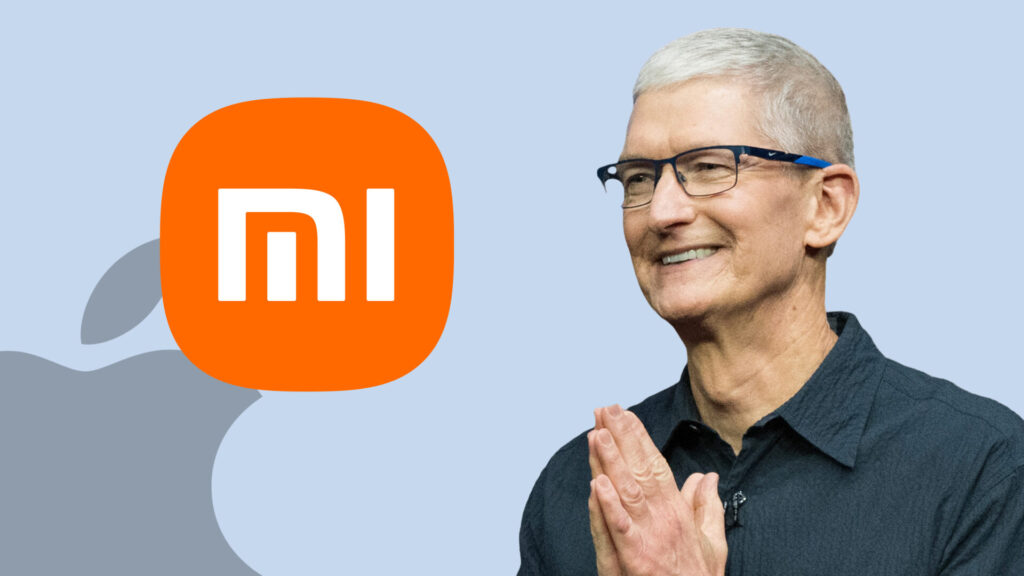
 Emir Bardakçı
Emir Bardakçı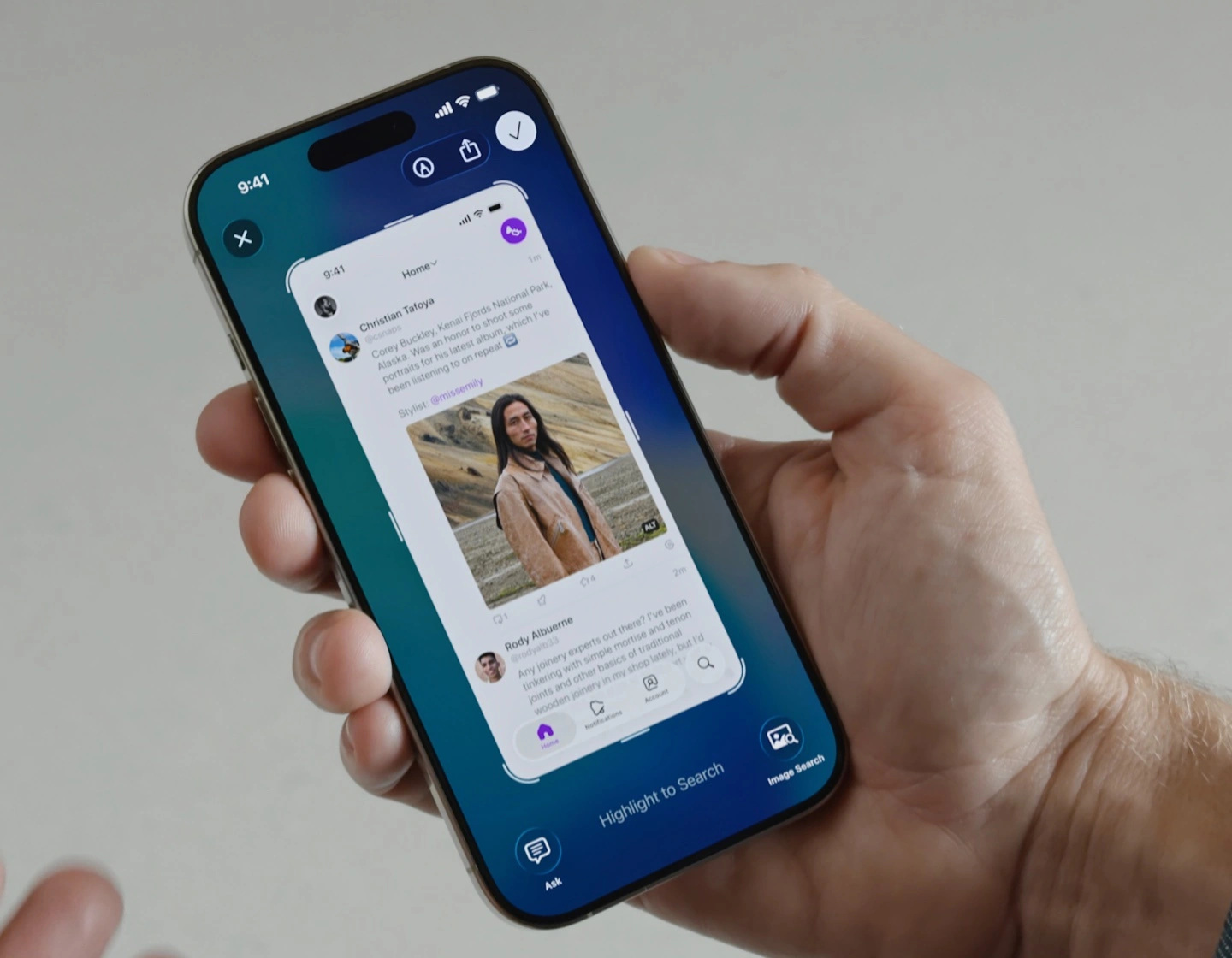
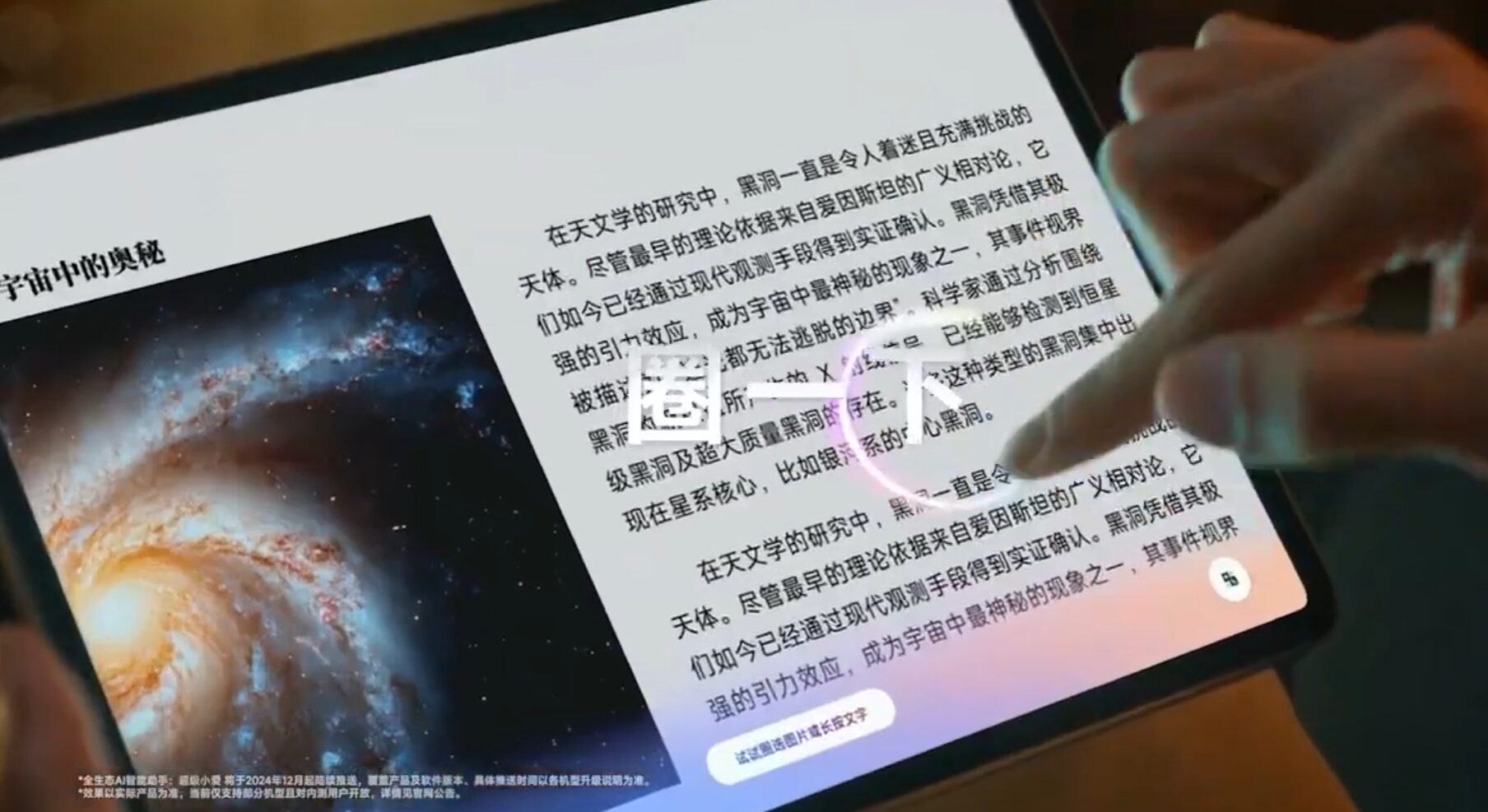
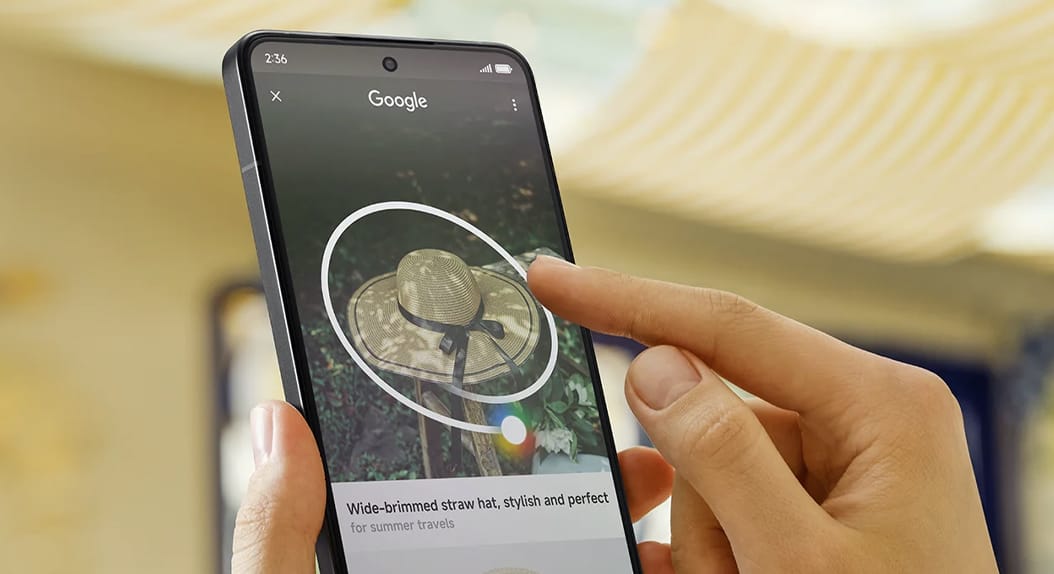
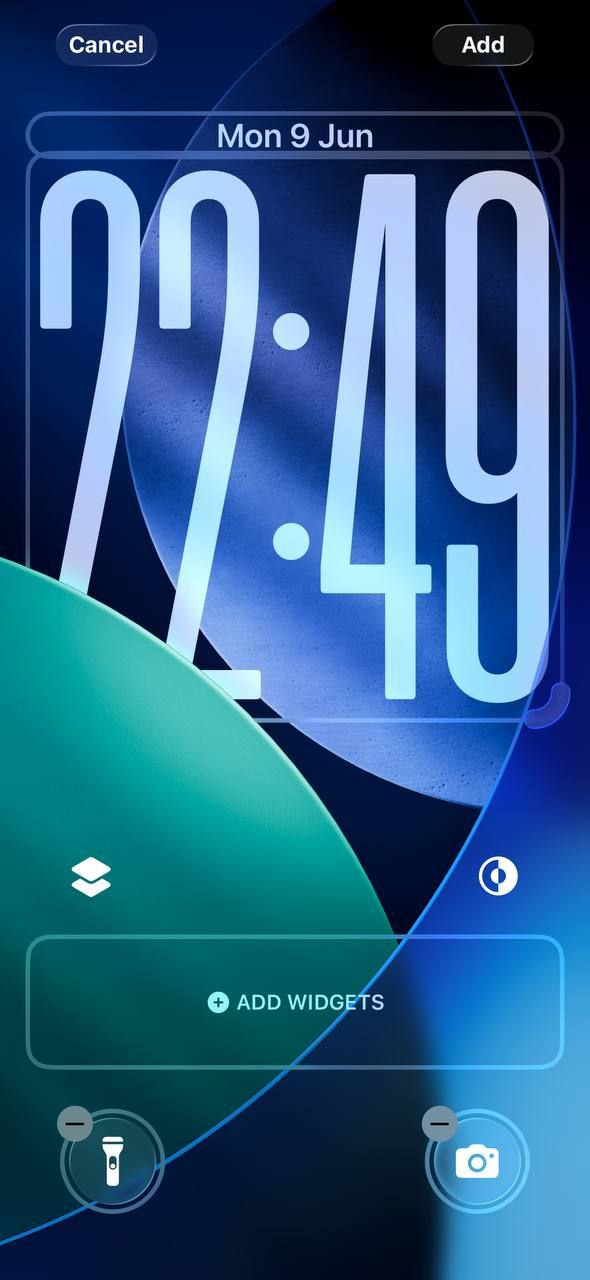
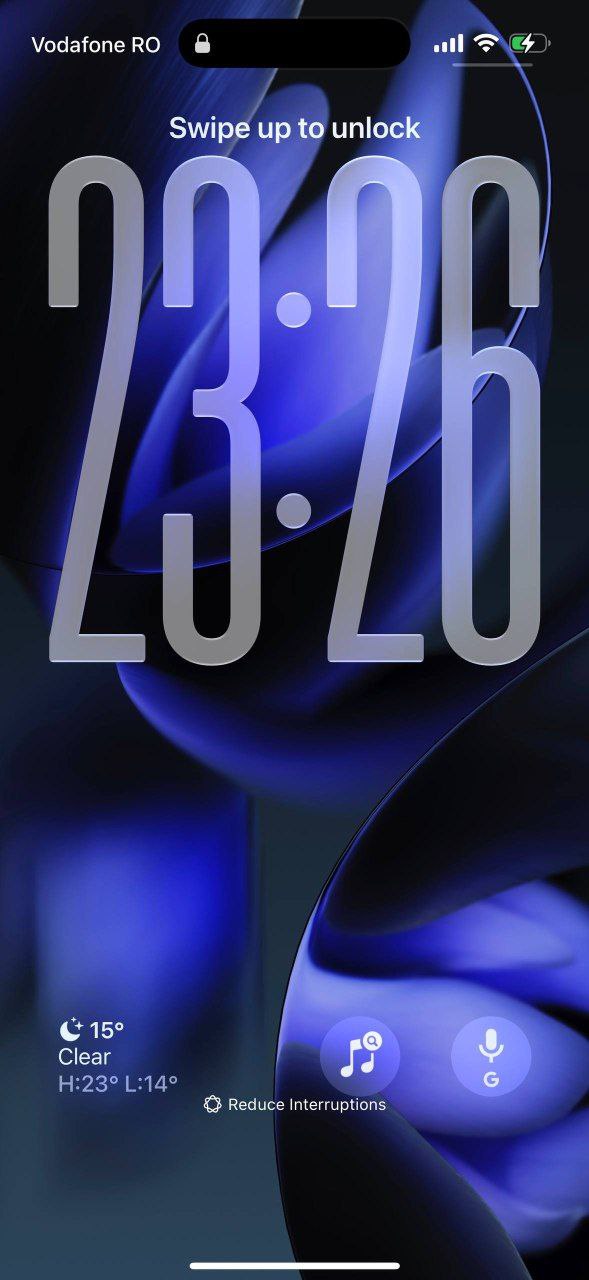


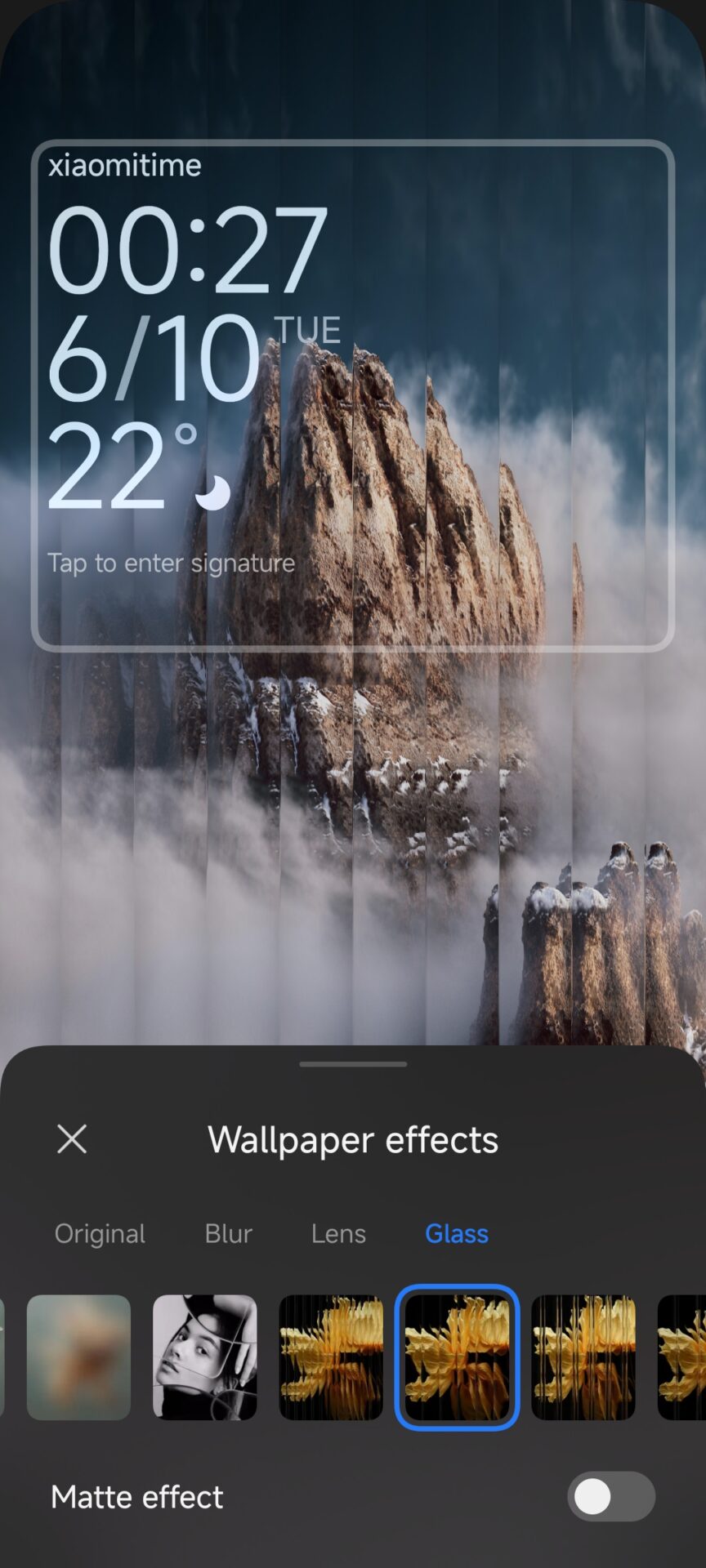
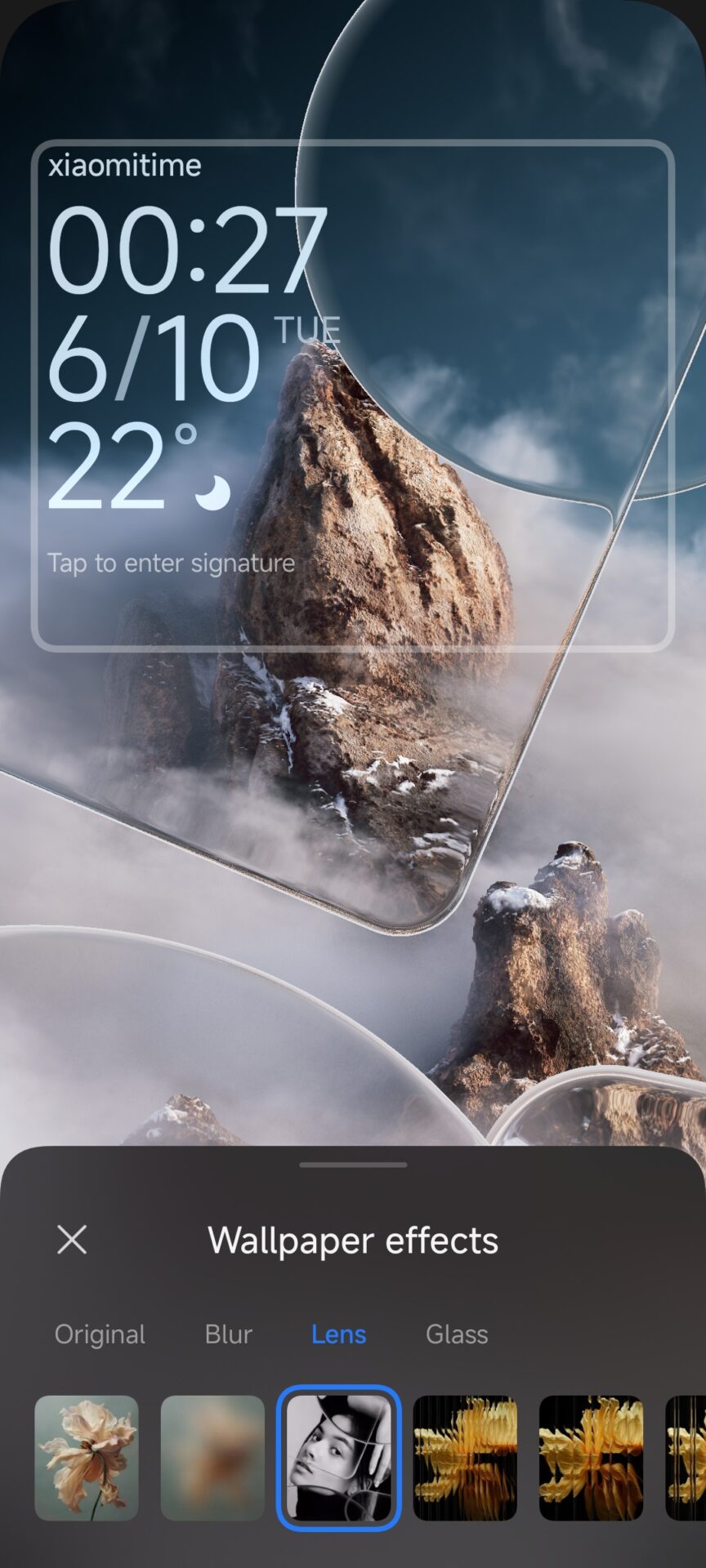
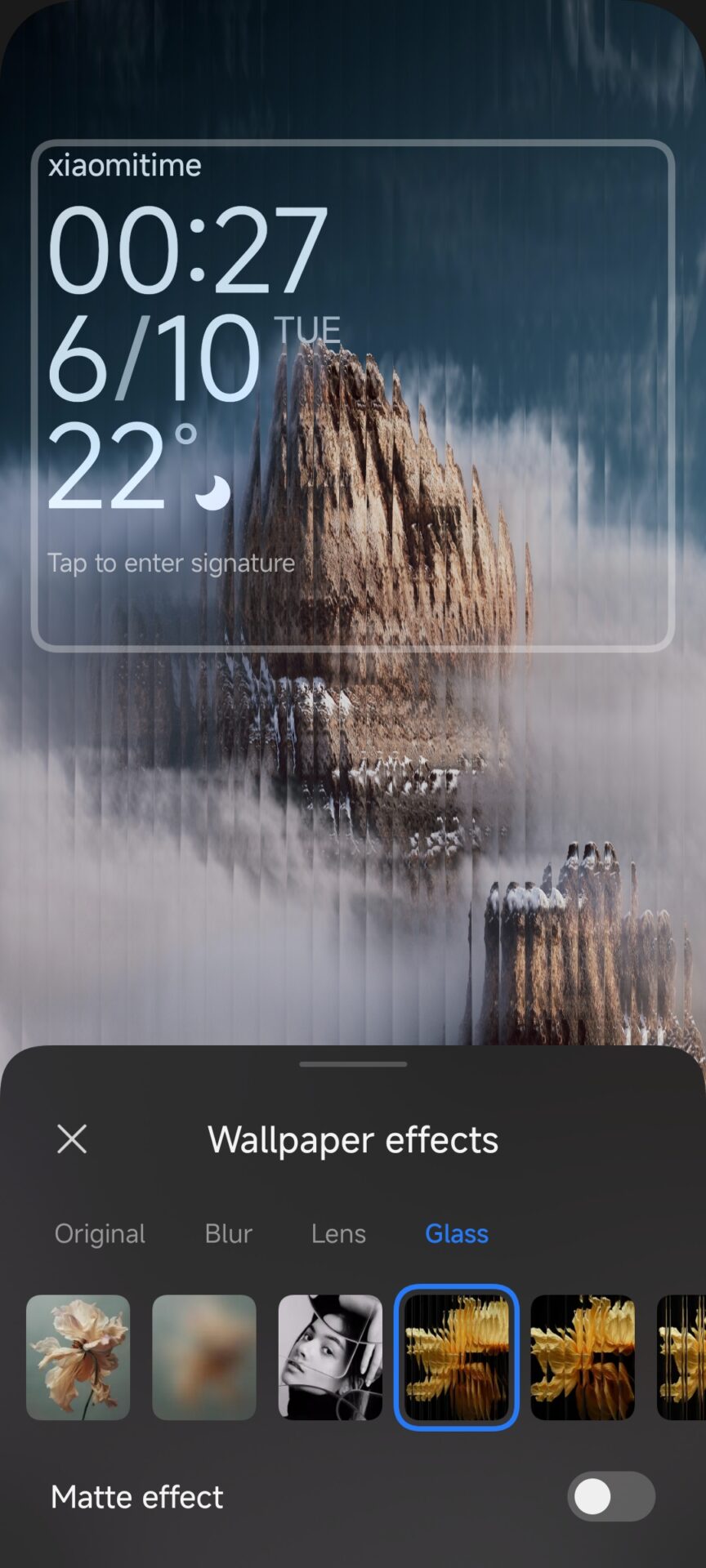
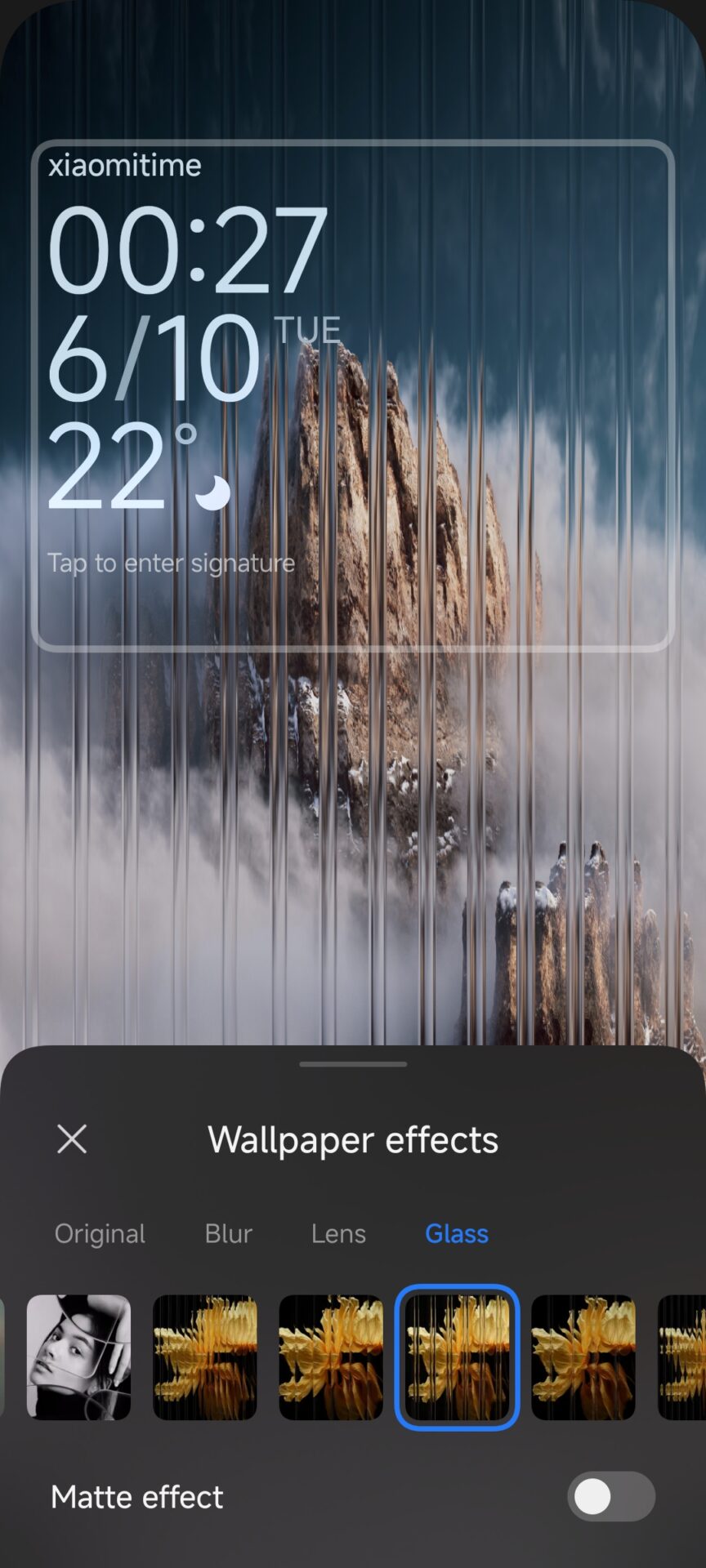
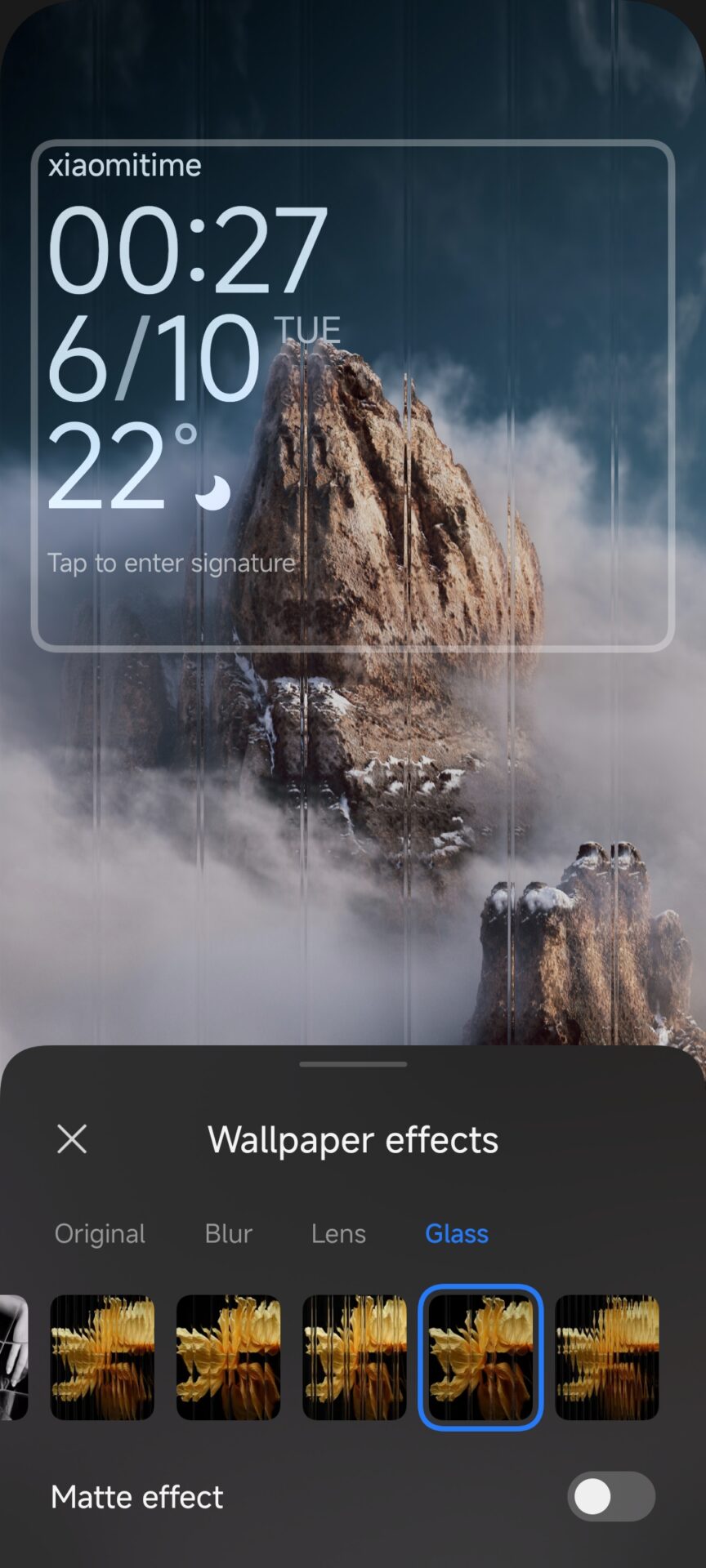
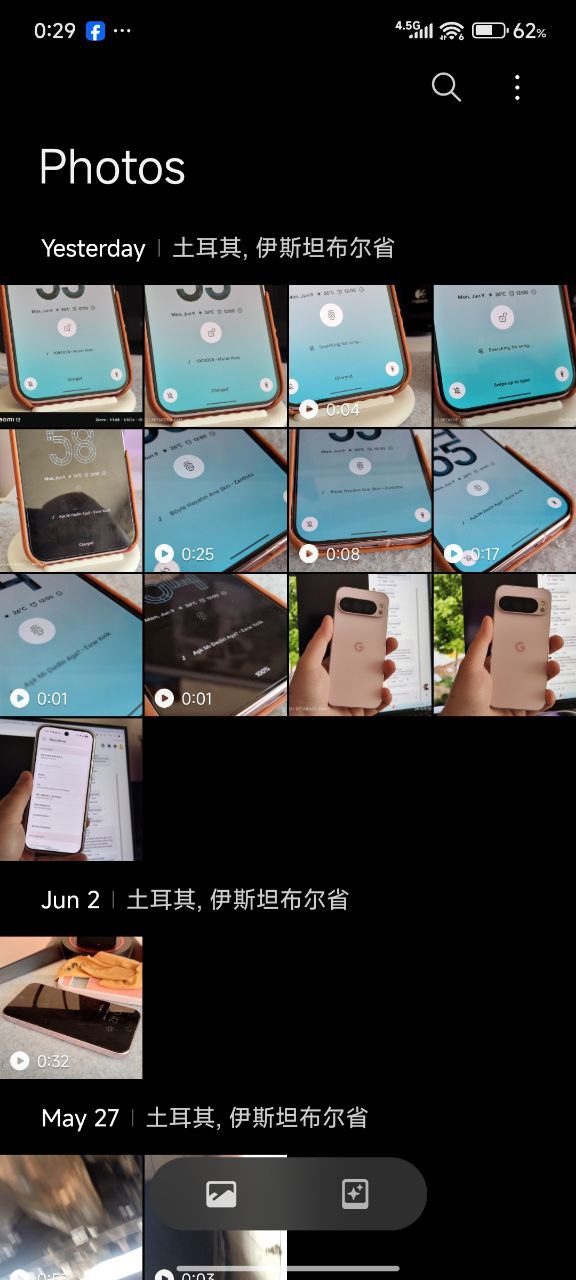

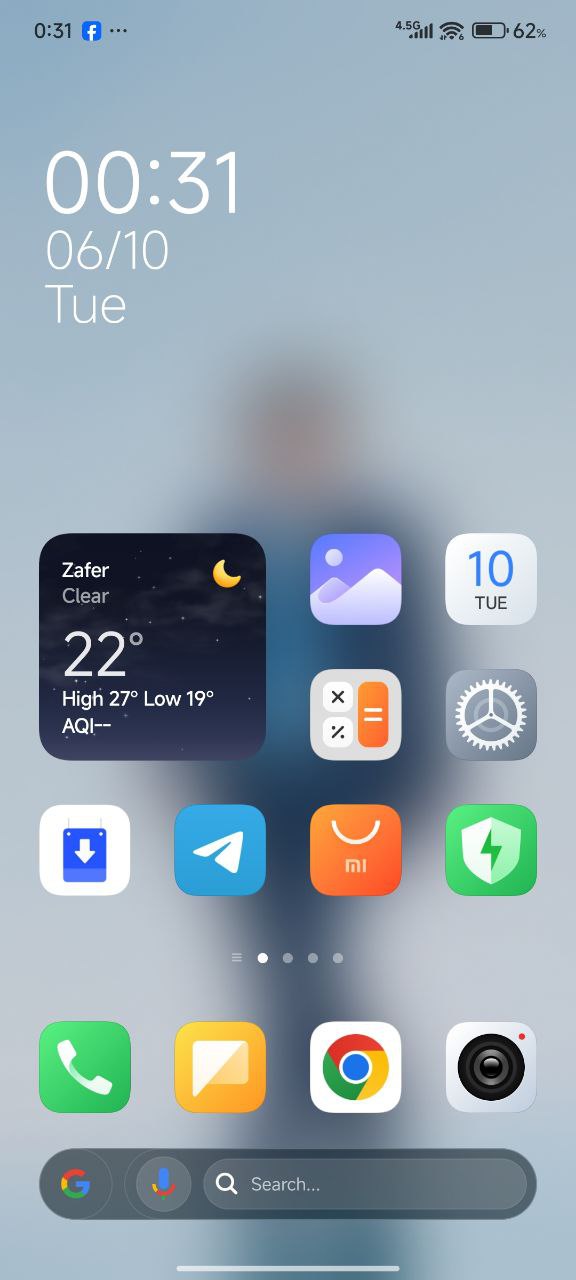
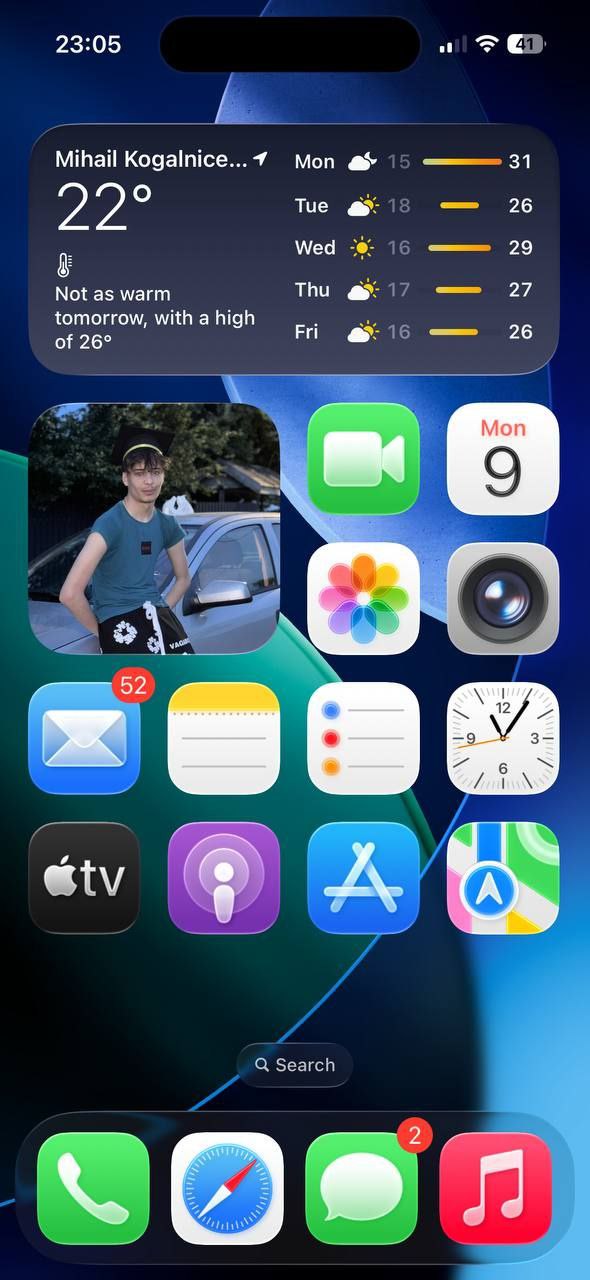



لكن iOS أفضل من هايبراس في كل شيء
my device xiaomi redmi note 10 golbal update xiaomi hyperos please
yeah right. and xiaomi copies apple heavily, too
Ehehehhehehehehhehehe falundi
nice
plz gift one Phone not Best phone and me
xiaomi says Apple copied something from them is such a joke 😂😂 Xiaomi’s whoe business idea is “do whatever Apple is doing” 😂😂
also those features aren’t Xiaomi feature but Android which you despise and try your hardest too look like Apple.
ios is dick eater
Lol! You guy’s are serious?!
It’s the Apple who made that Design language for the Lockscreen featuring blur & other clock styles.
It’s the Xiaomi which copies each n every element from the Apple iOS since decades.
I really like your products
The calendar widget should be changed as one in Chinese os versions
iPhone a wrost mobile I ever seen android ever best
Best Xiaomi
hyper os only legand
I like it very much.
the apple are copied xiami so that can make them to be looser in the market because the thing that they want are people already use earlier
it’s gonna be bad to ios user
lol @Emir Bardakçı you are not very good at research are you?
1) Circle to Search is a Google feature and was first introduced on Samsung Galaxy S24 series.
2) Large Lock Screen clocks were introduced on xiaomi devices in Oct 2023 (via the release of HyperOS), 2 years after Google had already introduced it on android 12 in 2021.
3) Glass wallpaper effects were introduced to xiaomi devices in late 2023; it was overtly “inspired” (if you want to be generous) by Nothing OS, which launched a year before in 2022.
4) SMS Spam filtering was already present in the days of feature (“dumb”) phones.
5) Call screening was first introduced on Pixel 3 in 2018, Xiao Ai Call Screening isn’t even available to global HyperOS users.
6) Hide App Names: introduced by Nova Launcher 2011.
Perhaps time to consider a career change – tech journalism doesn’t suit you.
go research again… don’t says without think.
mostly Chinese mobile phone has copied from ios some feature.
they know what is new features ios release before ios release new version.
in Chinese, Huawei is Android Chinese, Xiaomi is iPhone Chinese.